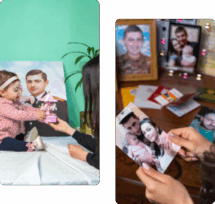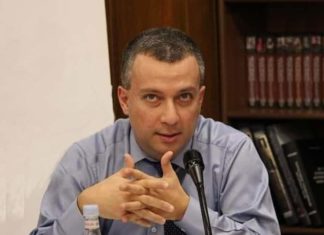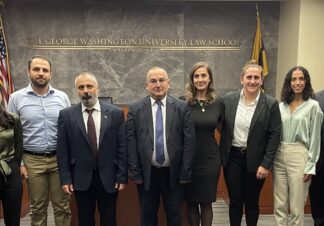By Edmond Y. Azadian
The Syrian crisis has devolved into a global disaster fanning the flames of a new cold war. Armenians are affected by this crisis wherever they live, as citizens of the world. But moreover, the war has impacted the Armenians as a collective group; first it has uprooted one of the strongest Armenian communities in the Middle East, staunchly attached to its language and culture.
Secondly, the fallout of the war has touched Armenian lives as families scramble to seek safe haven in Armenia, Lebanon, Canada and elsewhere and their resettlement problem becomes a community concern as well.
But the most dangerous outcome of the war so far is rising tensions between Russia and Turkey, their confrontation line running through the border between Armenia and Turkey. Although the command of the Collective Security Treaty Organization (CSTO), the eastern counterpart to the North Atlantic Treaty Organization (NATO), reassures everyone that none of its divisions will participate in a potential conflict between the two fronts, the recent concentration of Russian forces in Armenia does not seem very comforting.
To understand every facet of the Syrian war and its many actors within and without its borders with their specific conflicting interests is a daunting task for any analyst or journalist. There exists one layer of participants in the conflict overseeing their proxies on another level; Turkey, Qatar, Saudi Arabia and the US represent one coalition — one front — in the war, while there are internal conflicts within their goals and political interests.
The most conspicuous conflict is between the US and Turkey, both NATO allies, yet the first supports the Syrian Kurdish fighters of Kurdish YPG militant group, while the latter bombs their position in Northern Syria to prevent the formation of an autonomous Kurdish enclave on the Syrian side of the border, which may encourage the PKK which is fighting a war of liberation within Turkey. A full circle, which seems to contain an awful lot of back and forth.







